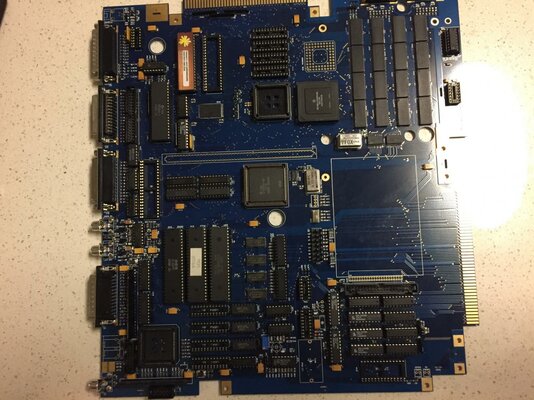If the flashrom is not programmed, you can disable the fast ram activating the bootrom. In this case, the ram will not be attached to the system automatically.
So, flashrom empty and activated (S5 closed), you can test each fast memory Bank with the command addmem.
In practice, it's better to solder the first Bank and test it with addmem, if ok do the same with the 2nd, the 3rd and the 4th.
$1200000 - $13FFFFF (IC62, IC63, IC64, IC65)
$1400000 - $15FFFFF (IC66, IC67, IC68, IC69)
$1600000 - $17FFFFF (IC70, IC71, IC72, IC73)
$1800000 - $19FFFFF (IC74, IC75, IC76, IC77)
Just boot with no startup sequence and check for exemple Bank 0 :
addmem $1200000 $13FFFFF checkmem
It takes a little time and it should not give an error and the 1st bank (2MB Fastram) should be attached to the system.
If addmem return an error, you have to check eventually all solder joins.
With KS3.1 it's better to use a 3.1 Workbench.... Why mixing it with a WB2.0 ??



